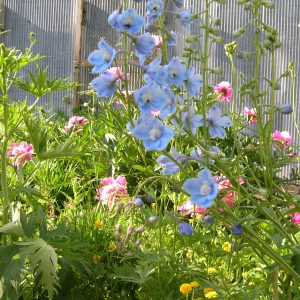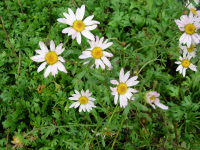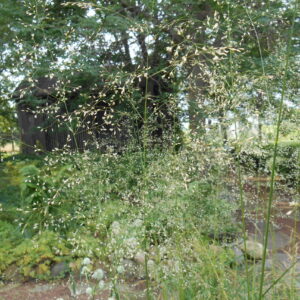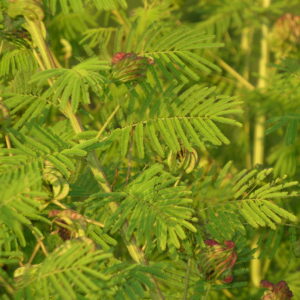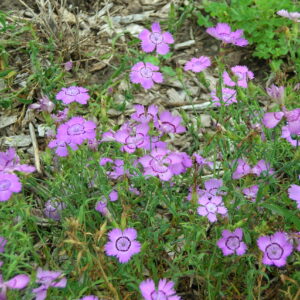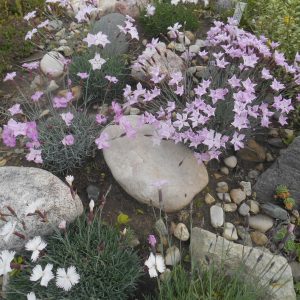Shop
Showing 233–240 of 788 results
-
Delphinium vestitum syn. D. chitralicum syn. D. rectivenium, qian lie cui que in China, Clothed Delphinium, Flowers of India Z 6-10
Spikes of purple-blue with deep black centers rise above large rounded leaves. Blooms in August-Sept
ARCHIVED
Note: This is a plant not currently for sale. This is an archive page preserved for informational use.
Spikes of purple-blue with deep black centers rise above large, rounded leaves. Blooms in August-Sept
Size: 24” x10”
Care: full sun to part shade
Native: Himalayas
Wildlife Value: attracts bees & butterfliesNathaniel Wallich had already described Delphinium vestitum but the name was validly published by John Forbes Royle in 1834.
-
Delphinium x formosum ‘Belladonna’ Garland delphinium Z 4-8
June & repeat in September pale sky blue graceful, short spikes
ARCHIVED
Note: This is a plant not currently for sale. This is an archive page preserved for informational use.
June & repeat in September pale sky blue graceful, short spikes
Size: 2- 3’ x 12”
Care: Sun well-drained soil. Do not cut back in fall. Delphiniiums have hollow stems where moisture will collect and kill the plant (crown rot) over winter.Delphinium, named by Dioscorides, is Greek for “dolphin.” In 1597 Gerard wrote that the Delphinium leaf paralyzed scorpions and all venomous beasts. D. x formosum called “the finest garden hybrid” of the early 19th century. It was “raised by Mr. G. Moore, a nurseryman of East Dereham, Norfolk.” George Phillips, (1933). ‘Belladonna’ hybridized in 1800’s as cutting flowers. Blooms last long in the vase. In the July 1872 issue of “the Garden” Wm. Robinson called this “too seldom seen” and “a great ornament.”
-
Dendranthema weyrichii syn. Chrysanthemum weyrichii Alpine daisy Z 4-8
Pink or white daisies all summer and fall
OUT OF STOCK
Pink or white daisies all summer and fall. One of the best for groundcover, front of border or rock garden plant.
Size: 6” x 18”
Care: sun in well-drained soil. Drought tolerant.
Native: East Asia & eastern RussiaCollected before 1891
-
Deschampsia caespitosa Hair grass Z 4-9
Airy pink panicles, like delicate billowing clouds of seed heads, top clumps of arching slender leaves in mid- summer persisting through winter.
Airy pink panicles like delicate billowing clouds of seed heads, top clumps of arching slender leaves in mid-summer persisting through winter.
Size: 2-4' x 18"
Care: moist soil in sun to shade
Native: Europe, Asia & No. America, Wisconsin nativeDeschampsia named for French botanist Deslongchamps (1774-1849.) Caespitosa means that it grows in clumps. This species found by mid-1700’s.
-
Desmanthus illinoensis Prairie mimosa, Illinois bundleflower Z 5-9
This legume bears round heads of frilly white flowers that turn to interesting spherical seed pods persisting all winter.
This legume bears round heads of frilly white flowers that turn to interesting spherical seed pods persisting all winter.
Size: 4’ x 3’
Care: sun in moist well-drained to dry soil. Looks like a shrub but is a perennial.
Native: Ohio to Florida and west to New Mexico and all states in between
Wildlife Value: Seeds are food for birds including the Ring-Necked Pheasant, Bobwhite Quail, and Greater Prairie Chicken.Desmanthus is Greek meaning “bundle flower” because the bunched flowers look like a bundle. Pawnee, Sioux, Omaha & Ponca children used seed pods with dried seeds as rattles. Pawnees relieved itching with the boiled leaves. Sioux ate roasted seeds. First collected by French plant hunter Michaux in the late 1700’s.
-
Dianthus amurensis syn Dianthus chinensis Amur Pink Z 3-8
Five jagged-edged petals on its plum-purple blossoms, not pink, as are all other “pinks", the common name for Dianthus. It also flowers later and longer than most other Dianthus, flowering most of the summer. Its uniform purple stamens meld into the flower’s view but a thin, deep purple line encircles the center.
Five jagged-edged petals on its plum-purple blossoms, not pink, as are all other “pinks”, the common name for Dianthus. It also flowers later and longer than most other Dianthus, flowering most of the summer. Its uniform purple stamens meld into the flower’s view but a thin, deep purple line encircles the center.
Size: 12" x 12"
Care: Sun in well-drained soil
Native: Amur River regionAmurensis means from the Amur River (flows between the boundaries of China and Russia.) Re-named, separated from Dianthus chinensis, by French nurseryman and hybridizer Henri Antoine Jacques (1782–1866), best known for his creation of the Bourbon rose, in 1861 in Journal de la Société Impériale et Centrale d’Horticulture 7: 625. 1861
-
Dianthus anatolicus Anatolian pink Z 5-10
Dense mound-forming perennial with needle-like, evergreen grey foliage. Masses of whitish pink, feather- margined flowers with a wine-colored eye bloom in May-June. Highly regarded alpine plant.
ARCHIVED
Note: This is a plant not currently for sale. This is an archive page preserved for informational use.
Dense mound-forming perennial with needle-like, evergreen grey foliage. Masses of whitish pink, feather- margined flowers with a wine-colored eye bloom in May-June. Highly regarded alpine plant.
Size: 3” x 6”
Care: sun in well-drained soil
Native: Turkey to TibetTheophrastus named Dianthus in the 4th century B.C., meaning “Jove’s flower.” The common name “pink” is from “pinct” referring to the jagged edge of the petals. In 1629 John Parkinson described the Dianthus: “There remain divers sorts of wild or small Gilloflowers (which wee usually call Pinkes) to be entreated of, some bearing single, and some double flowers, some smooth, almost without any deepe dents on the edges, and some ragged, or as it were feathered.” This species described in Diagnoses Plantarum Orientalium Novarum, ser. 1 1: 22. 1843.
-
Dianthus arpadianus
Small pale pink flowers sit above short clumps of evergreen foliage
ARCHIVED
Note: This is a plant not currently for sale. This is an archive page preserved for informational use.
Small pale pink flowers sit above short clumps of evergreen foliage
Size: 3” x 3”
Care: full sun in moist well-drained soil
Native: Greece & TurkeyCollected before 1934


